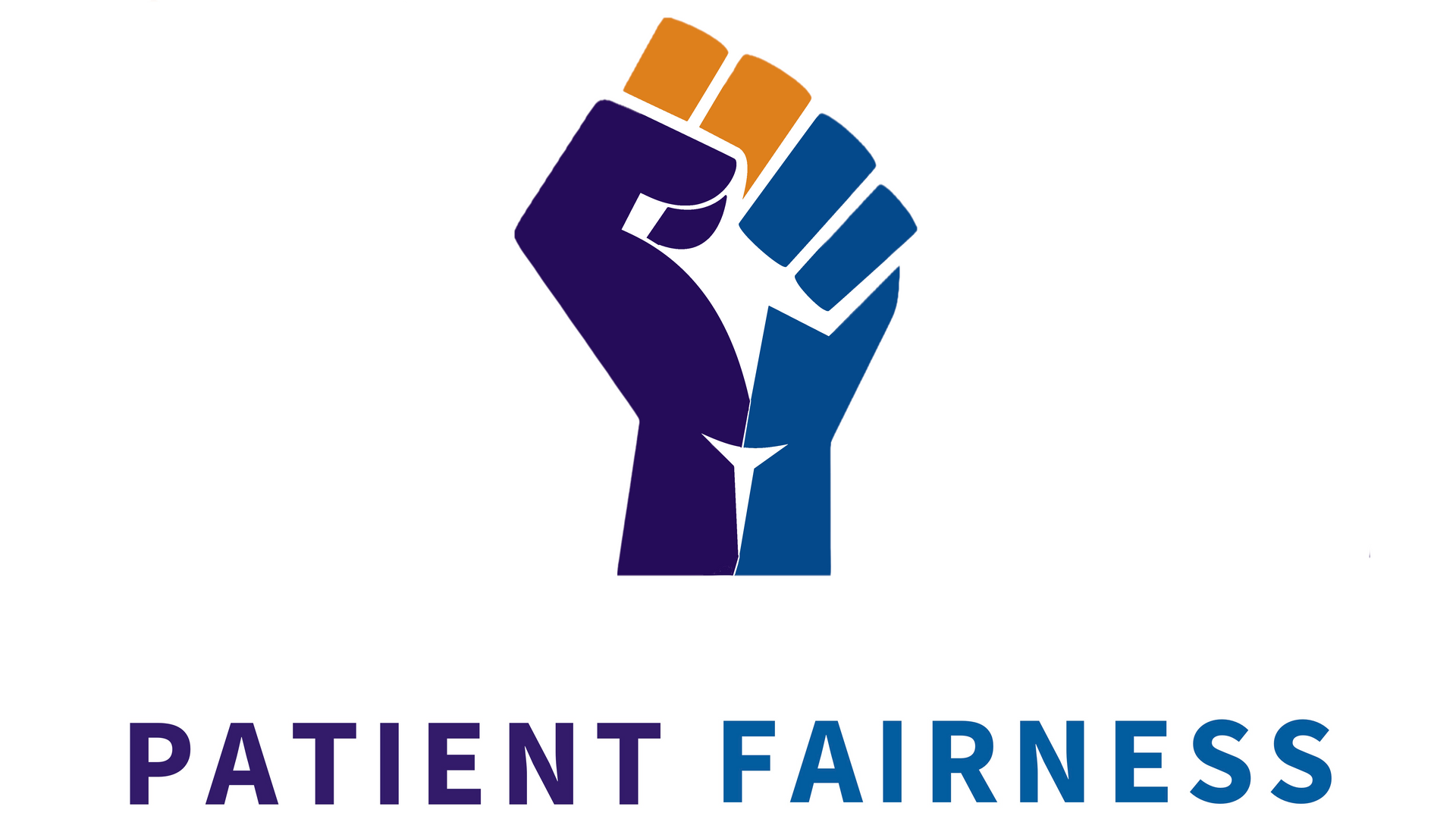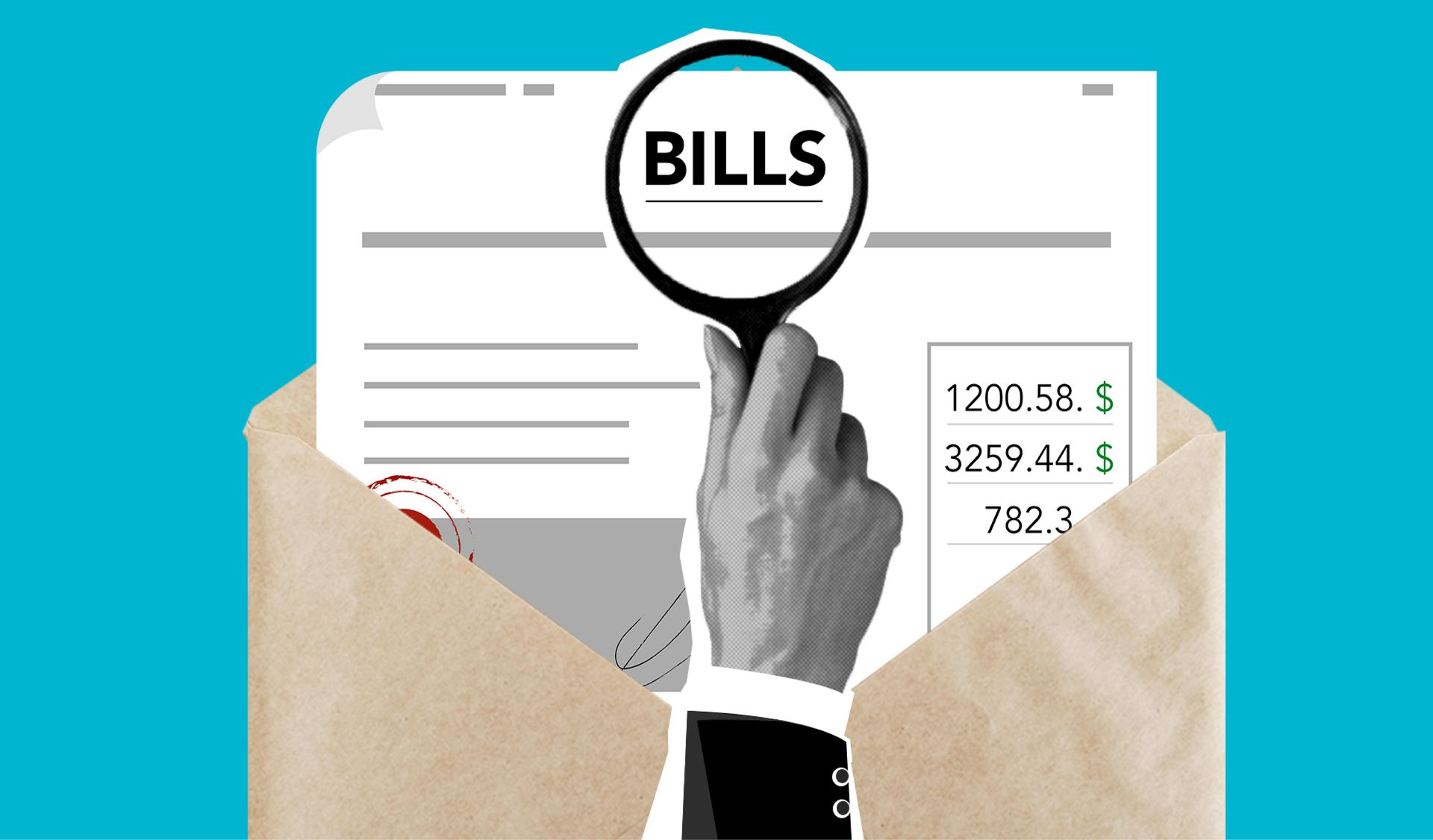A Simple Guide to Disputing Unfair Medical Bills: Patient Fairness’s Approach
What Makes a Medical Bill a Problem Medical Bill?
- The patient did not agree to receive the services billed. The patient may have been billed for services he did not authorize, request, or knowingly receive.
- The patient did not know the services would be billed separately. This often happens when care is provided by an additional provider, like a radiologist or anesthesiologist, and the patient was never informed that a separate bill would follow.
- The patient was not informed in advance of the services and prices. In many cases, providers fail to disclose the costs of care ahead of time—or they charge more than they said they would.
- The prices on the medical bill are excessive. Charges may be several times higher than what Medicare would pay or what it actually costs the provider to deliver the service.
- The patient did not know the billing provider was not in-network. When a provider is out-of-network and this was not disclosed in advance, it can lead to surprise or inflated charges.
- The patient’s circumstances did not reasonably allow them to agree to the charges. If a patient experiences a medical emergency or is otherwise unable to give advance, informed consent regarding payment, the patient and provider do not have a shared understanding of pricing terms.
Patient Fairness’ Step-by-Step Approach to Disputing Bills
Step 1: Examine the Bill & Identify Concerns
To open your case, you'll upload a copy of your problem medical bill and any other related documents and complete a free Problem Medical Bill Assessment to share the details of the bill, services received, and any applicable insurance coverage. We’ll identify issues that could make the bill invalid or reduce what you owe. These include things like surprise billing, balance billing, missing cost disclosures, and violations of the No Surprises Act or state laws.
Step 2: Dispute the Bill
Based on the findings from your assessment, we generate a Letter of Dispute tailored to your case. This formal document presents your concerns and makes it clear that you are disputing the bill. The letter also notifies the provider that the bill must be resolved before you pay anything further. Once you approve the letter, we mail it with tracking and monitor for the provider’s response.
Step 3: Pursue Resolution
Why This Approach Works
- Aggressive, But Smart: You’re not sending a vague complaint—you’re challenging the provider with detailed facts, documented concerns, and pricing comparisons. This puts pressure on them to respond thoughtfully and resolve the issues.
- Real-World Success: Our customers routinely have eliminated or significantly reduced medical bills disputed with our help.
Empowering Patients Is Our Mission
- Act quickly instead of ignoring the problem
- Understand the bill and what rights and options you have
- Take control of the conversation with providers
- Save money by avoiding unnecessary fees and inflated charges











